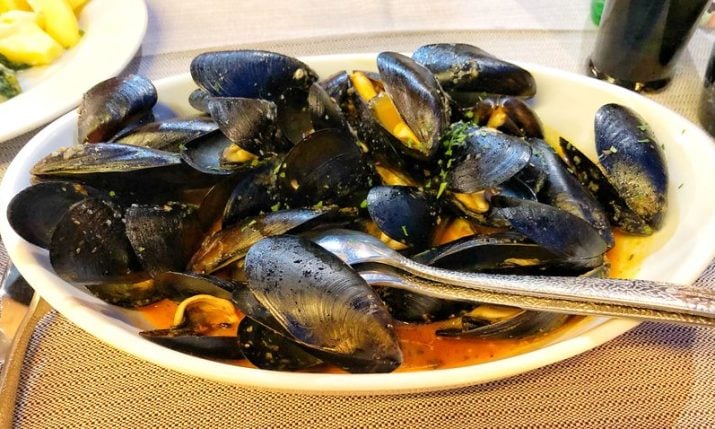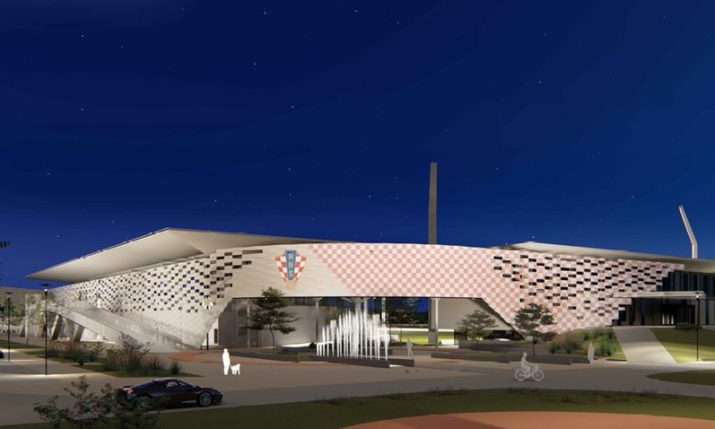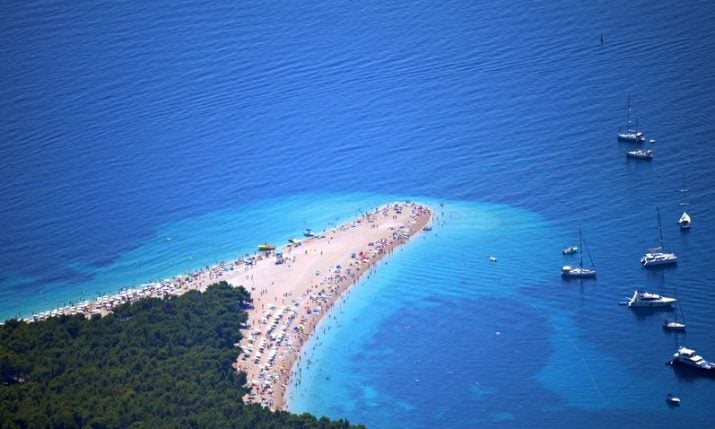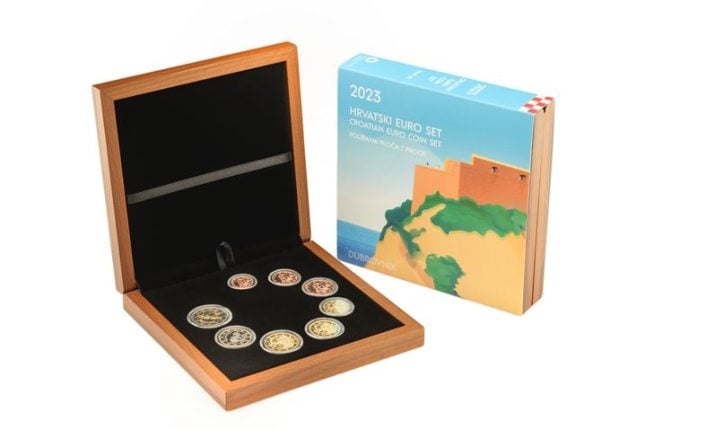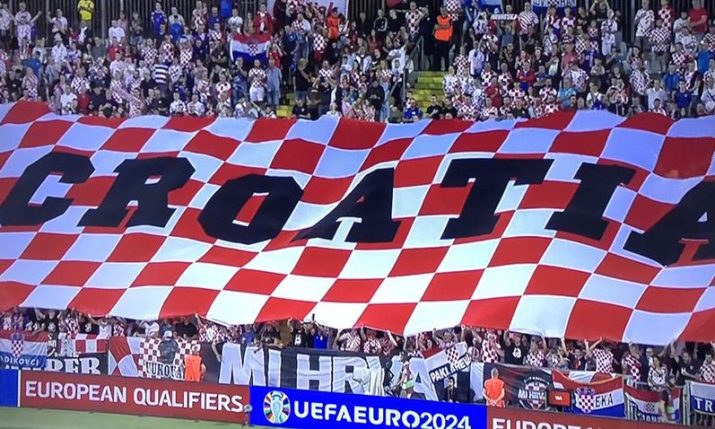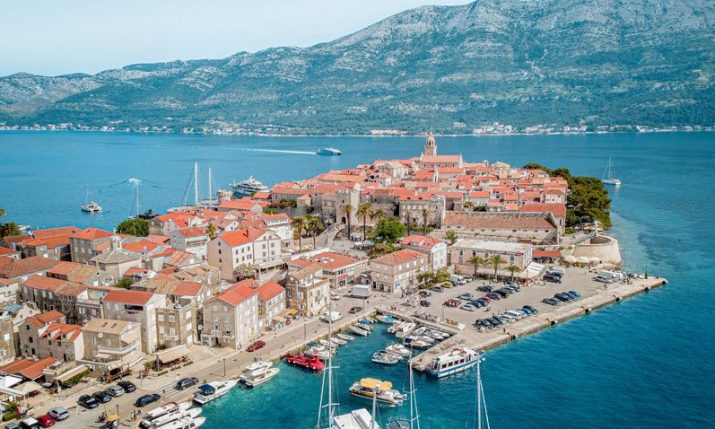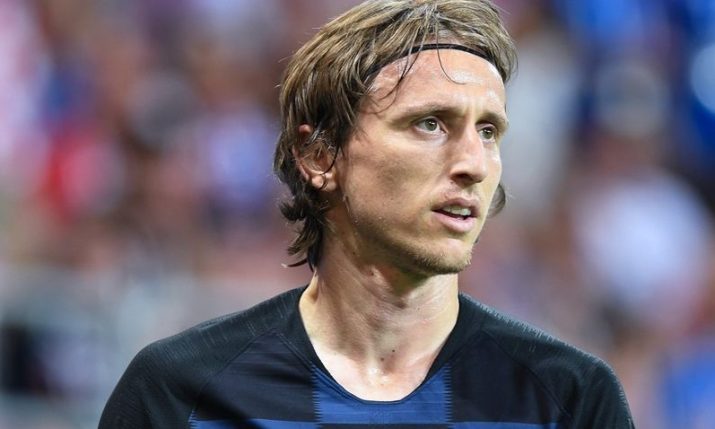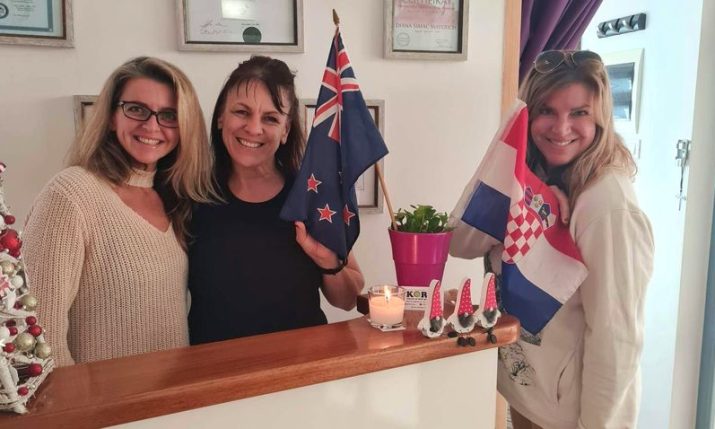The Stellar Rise of Ante Ćorić
- by croatiaweek
- in Sport
by Mike Walker
Croatia has a reputation for producing amazingly-talented footballers, with Luka Modrić and Alen Halilović probably coming to mind as the best-known examples and it’s a situation that is continuing beyond even young Halilović’s shooting-star path into the top reaches of Spanish football…
Now, Ante Ćorić is the man everyone is—or at least should be—watching. The eighteen year-old attacking midfielder for Dinamo Zagreb and the Croatian National Youth Team has demonstrated a level of sophistication in play-making coupled with raw speed and power that has attracted the attention of top European clubs like Chelsea and Bayern Munich.
Leading figures in Croatian football such as Zoran Mamić and Romeo Jozak have offered almost gushing and certainly rare praise for Ante, noting that his future with Croatia’s National Team is simply a given and that according to Mamić, Ante could even attain greater stardom than Modrić over the long run.
That’s a lot of hopes, dreams, and expectations to place on the shoulders of someone so young, but football increasingly is an arena of top talent coming of age while still in their teens. Aside from Ante and his countryman Alen—who is only nineteen now himself—there is Lucas Scholl (also nineteen) of Germany and a host of other up-and-coming teenage players worth keeping an eye on—especially if you’re in the business of signing players to major Euro clubs.
The current path for promising schoolboys in most European systems to trace a career with a top club requires that they fully show their talent by around age fifteen, and ideally on their national team for that age grouping. Dino Halilović, Alen’s kid brother, who now is already seventeen as hard as that may be to believe, is a good example of what a short window young players contend with nowadays to make their impact on the world.
With Dino, his famous family name will probably help, but even when one is at a major club and on the national U-17 team, to truly get bids from the best of Euro teams, you have to stay in the spotlight.
After all, with Alen, we see how the bidding war and process of scouts and club managers courting young prospects can go: for months, the news was that this club or that, British or Spanish or Russian, was about to sign Alen, then the deal would fall through. In his case, Alen’s father’s savvy understanding of the business of football was part of the equation, as they negotiated for better deals for Alen than many novice footballers would have known to seek.
Without a doubt, Dino will benefit from the same parental support, and this time the big clubs will know ahead of time how adept this family is at playing the business game. Not everyone in the Prva HNL za Kadete is this prepared for moving up to the next level, but Croatia seems to have established a youth system that is superior in many regards to even the storied schoolboy systems in England, as well as elsewhere in Europe.
At a time when England is questioning the effectiveness of its own schoolboy system we see Croatian youth—granted, only the very top of the best, but still some—skip over the U-19 levels and ascend to top clubs. Of course, they still have a place on their age-appropriate national team to consider, but it’s no longer a case of over the decades a simply handful of very talented youth moving into the top-tier clubs but now one of the top clubs coming to call frequently enough on U-17 level sides that the national academy systems in Croatia and elsewhere are seeing their preparatory role as an accelerated one where they need to “deliver their goods” so to speak by the time their best players are a mere sixteen years of age or thereabouts.
It’s another curve in the geometry of change football is experiencing and then you have aspects like the popularity of small-sided and street soccer, teaching kids to play in a way that is dynamic, fast-paced, and suited for close quarters. What the use of sweepers in the 1990s was to evolution of the game, attacking midfielders able to thrust forward into the fray of quick play are to football currently, and Croatia breeds a type of brave, fast, raw play well-suited for this tactic.
Which brings us back to Ante, a man who is the set of skills we seek in an attacking midfielder all the way. He has the Alen Halilović type of intelligence about his play-making and despite his speed and tactile power with the ball, he is sure and never haste-driven in his moves. Watching him live or in video clips, you see this at once, especially when he was younger, around sixteen or seventeen: he simply can drive through a cluster of his peers with ease and grace. Playing at a much higher level now, he often faces competition that can hinder his advance but the skills are still very much in place and his youthfulness and vigor are clearly an advantage; despite whatever experience a player his age lacks, Ante is still where he needs to be: coupled with his immense skill, Ante’s speed and stamina make up for the lessons he has not yet learned.
It’s always tempting to call a player of Ante’s caliber “the next Messi”, but this omits a key fact: as great as Messi is, he’s getting up in years now, and the one thing he’s starting to lack is stamina. The truest advantage any young player at the pro level has is stamina and speed, the ability to play well for a rather long period of time. Gary Lineker kept that stamina far into his third decade and Ryan Giggs kept it up, too, but no matter how talented, the chasm between older players and the very young is that youngsters can be left in play longer.
However, the flip side is you cannot trust them to make as solid and able choices as frequently. What do you want as a manager, energy and power or experience and discernment in play-making? Thankfully, Ante’s on-pitch wisdom seriously demonstrates maturity beyond his years. He’s the rare youngster who can be trusted in difficult situations to have the correct intelligence in how he views the game.
Of course, for Croatians one of the key issues with Ante is whether he’ll stay a few years at Dinamo, the beloved club that formed him into the player he is today, or if he’ll see further fame and fortunes early on with a Chelsea or Bayern or Barça. It’s a double-edged sword: on the one hand, we all want to see Ante, like Alen before him, rise to the top as quickly as possible, shattering records and bringing deserved attention to Croatian football on the world stage. On the other hand, we would love to see Dinamo retain someone of this caliber, especially after Alen’s departure from the club.
Dinamo has a gift with young players, an ability to shape them into who they need to be for a winning team, and it seems patently unfair for all that hard-hewn talent to just be sold off to better-known Euro sides. A large part of Dinamo’s youth development plan has been—and this is no secret—the dramatic cultivation of home-grown talent to augment the club and to counter the prevailing Euro trend of simply buying from abroad top-notch players. Instead of throwing transfer money at the problem as have many Premire League sides (to say nothing of the Bundesliga), Dinamo has taken a wise and uncanny approach to crafting its youth divisions into some of the best places to learn football in Europe today.
The powerful, physical, Croatian style of play has been coupled with a dramatic and complex intelligence about the game, producing players who at fifteen or sixteen embody skills at the level ready to go on to a well-regarded team.
For Ante, whether he leaves Dinamo or not (and the signs are certainly that he will, and soon, considering that Bayern and Barça both—plus other clubs—have expressed a solid interest and Ante has his experience in Germany already) he’s still at the very onset of his pro career. Indeed, he has a leg up on the competition simply via getting such remarkable experience under his belt at this age.
Granted, he didn’t enter the spotlight quite as quickly as Martin Ødegaard, the sixteen year-old Norwegian who plays now for Real Madrid, but Ante still is on the fast path to certain stardom. As talented as Ante is, perhaps the real news story at hand is the success of both Dinamo’s training program and that of the Croatian National Team has come to the level where putting forth young athletes of this caliber is not only not surprising anymore, but actually expected.
While there has been criticism that Dinamo via this system more or less fields the National Team—and it’s true the U-17 team normally is a majority of Dinamo players—it’s clear the system is producing some of the finest young players in Europe currently.





